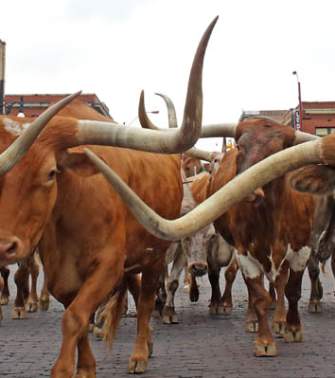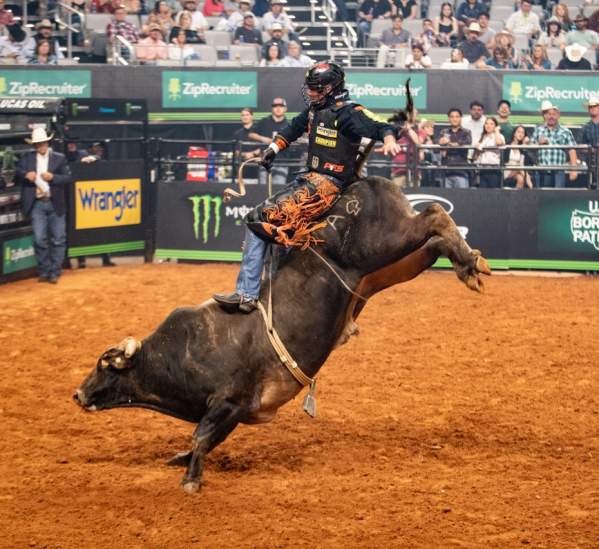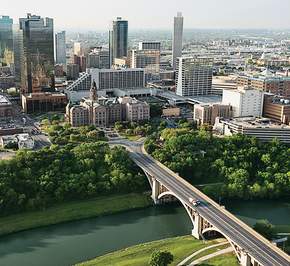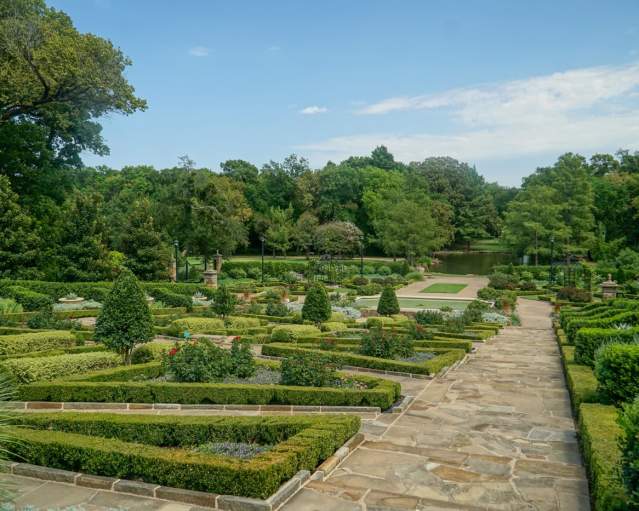Featured Stories
A Guide to the PBR World Finals Championship in Fort Worth
- 3 min read
It’s the most dangerous eight seconds in sports, and only the best will become the PBR World Champion. This weekend, the best rodeo stars in the world will duke it out with their fellow athletes in the Fort Worth Stockyards. Don’t miss the culture, talent and pure adrenaline as your favorite bull…
Fort Worth Summer Getaway
- 6 min read
Welcome to Fort Worth, where Western heritage meets cultural events, live music and foodie hotspots. Explore the city’s unique neighborhoods for unexpected eats, delights and fun for all ages. Fort Worth has something for everyone. Plan your getaway to the Unexpected City and see why Travel +…
Bob’s 3 Things – May 2024 Blog
- 2 min read
Three perspectives on the city’s hospitality industry from Visit Fort Worth’s President and CEO, Bob Jameson. The Fort Worth Convention Center brings hundreds of thousands of visitors to the city every year. From conventions and meetings to sporting events, it supports local business and many of…
2024 Spring Checklist
Shake off the final cold of winter and feel renewed by spring in Fort Worth. With weather this nice, we know…
How to Spring Break in Fort Worth
Bring the Family Fort Worth is not only family-friendly, it’s family-fun! With attractions to delight…
Where to Get Panaderias in Fort Worth
There's nothing like enjoying your favorite pan dulce with a cup of coffee to start your Saturday morning…






